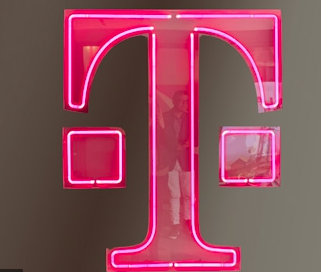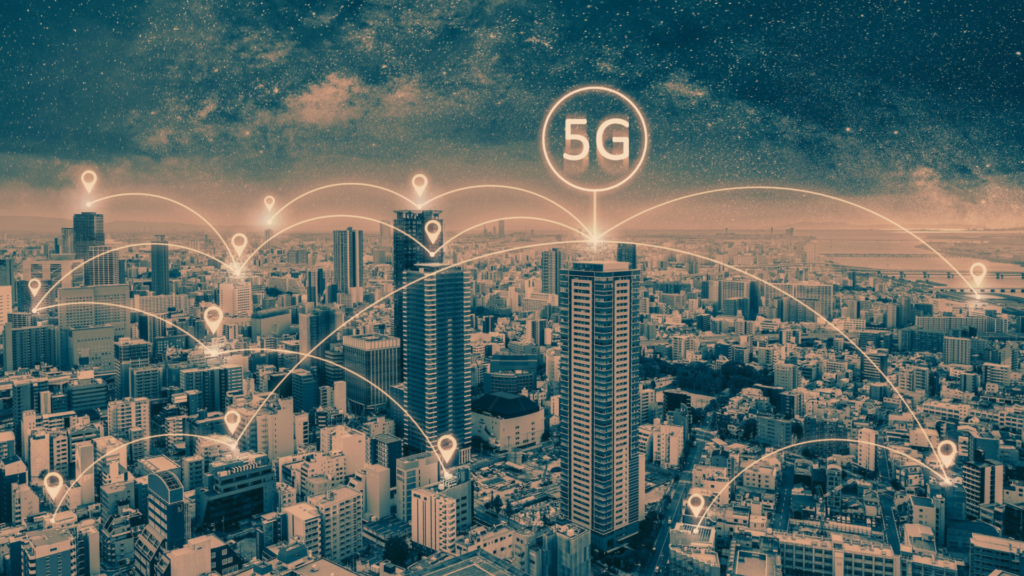As Hurricane Ian continues to wreak havoc on our East coast, many people will find themselves without power or cellular service. However, AT&T just made an announcement yesterday that they are taking new measures to ensure customers of other carriers can stay connected. Thankfully, Verizon and T-Mobile have announced similar efforts.
During and after the storm, AT&T will have roaming available to all locations affected by the hurricane. In a statement they said the following:
“We are working to help the people affected by Hurricane Ian in Florida. To assist in the recovery, we’re now welcoming other carriers’ customers to roam on our networks so they can connect, even if their carrier’s service isn’t available after the storm. Once this roaming begins, customers will automatically be connected to our network.”
Verizon’s announcement also came yesterday. They are currently working on refueling generators at its cell sites to ensure they stay running. Their engineers also started to deploy mobile assets (temporary mobile network equipment), prioritizing core public safety and government EOCs including police departments, fire departments, search and rescue teams. In affected areas, customers will have unlimited calling, texting, and data until October 4, 2022.
T-Mobile made a similar announcement and will be providing unlimited connections to customers in affected areas until October 3. They explained that their teams are on the ground checking equipment where it’s safe to do so. Teams are also working in the hardest hit areas to restore service. Per their announcement:
“Additional emergency equipment and teams have been staged in Alabama, Georgia and parts of Florida and are deploying into impacted areas where it is safe to do so. This includes mobile network command centers, generators and fuel trucks, along with mobile network equipment such as COLTs and SatCOLTs (Cells on Light Trucks and Satellite Cells on Light Trucks) and COWs (Cells on Wheels).”
We wish all of those in Florida a quick and safe recovery and hope that our friends along the rest of the east coast stay safe as well.




